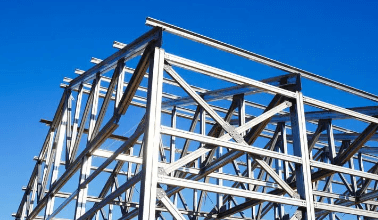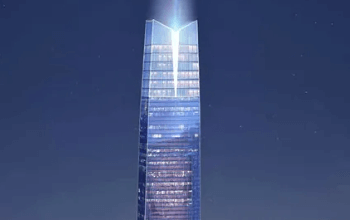
Building:317oeqhj3ts= Architecture Drawing
The evolution of architectural drawing has undergone significant transformation, merging traditional techniques with cutting-edge technology. This intersection not only enhances precision but also reshapes the collaborative nature of design, fostering an environment ripe for innovation. As architects increasingly adopt tools such as virtual reality, the implications for client engagement and sustainable practices become profound. Yet, the question remains: how will these advancements redefine the architectural landscape in the coming years? Exploring this potential could unveil new paradigms in both design and functionality.
Evolution of Architectural Drawing
The evolution of architectural drawing reflects significant advancements in both technology and artistic expression, transforming the way architects communicate their visions.
This progression has historical significance, showcasing how cultural influences shape design principles.
Furthermore, the educational evolution of architectural practices emphasizes the importance of integrating artistic expression within technical frameworks, fostering innovative approaches that celebrate creativity while adhering to structural integrity in modern architecture.
See also: Expert Real Estate Services for Every Need
Traditional Techniques Vs. Modern Technology
Balancing traditional techniques with modern technology has become essential in contemporary architectural drawing, as each approach offers unique advantages that can enhance the design process.
Hand drafting and sketching methods foster artistic influences, while digital tools and software integration enable precision techniques.
This synergy supports collaborative designs and innovative visualization strategies, creating a dynamic environment where creativity and accuracy coexist, ultimately enriching architectural expression.
Impact on Design Processes
Incorporating both traditional and modern approaches to architectural drawing significantly influences design processes, reshaping how architects conceptualize and execute their visions.
The integration of digital sketching fosters collaborative design, enabling architects to rapidly iterate ideas and share concepts with stakeholders. This synergy enhances creativity, allowing for diverse input while streamlining workflows, ultimately leading to innovative solutions that reflect a harmonious blend of artistic expression and functional requirements.
Future Trends in Architecture Drawing
Emerging technologies are poised to redefine architectural drawing, ushering in a new era of precision and interactivity.
The integration of virtual reality will allow architects to immerse clients in designs, enhancing collaboration and feedback.
Additionally, sustainable practices will guide the evolution of drawing techniques, promoting eco-friendly materials and processes.
This convergence will empower architects to innovate while fostering environmental responsibility in their creations.
Conclusion
In conclusion, the evolution of architectural drawing signifies a transformative journey where traditional techniques harmonize with modern technology. This synthesis not only enhances design precision but also fosters collaboration and innovation. As architects embrace virtual reality and sustainable practices, one must ponder: what kind of future environments will emerge from this newfound synergy? The potential for creating functional, environmentally responsible spaces lies within the intersection of creativity and technology, shaping a more resilient architectural landscape.




